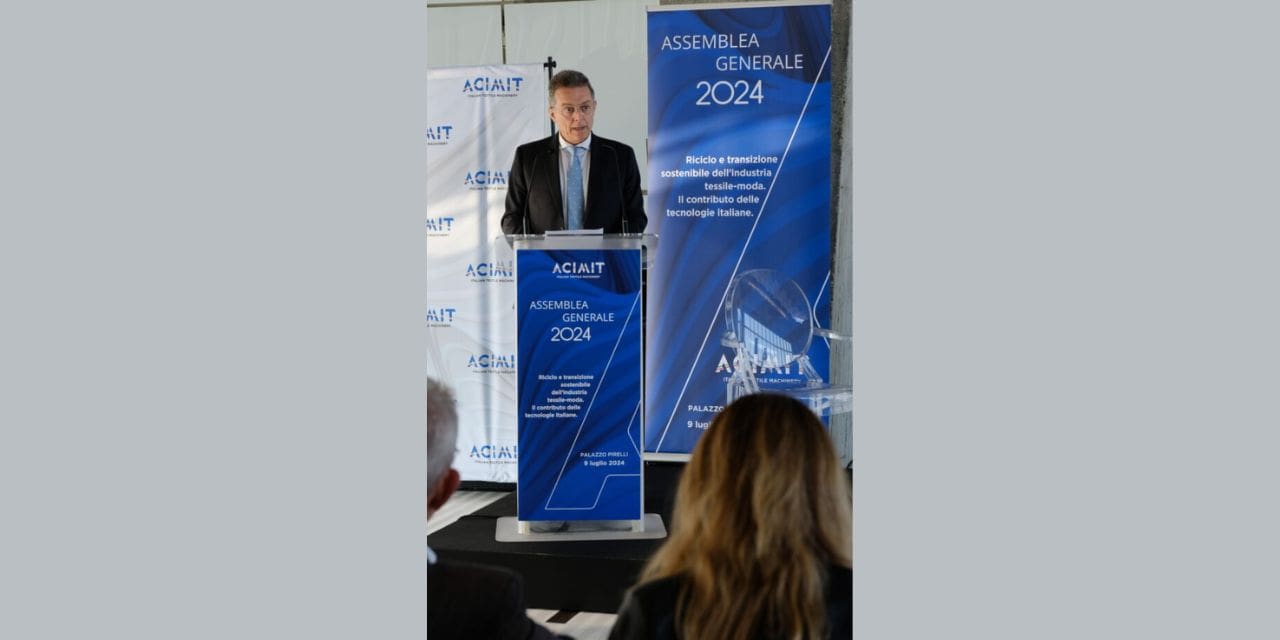Italian textile machinery producers continue to primarily export to China, Turkey, India, and the United States. Although there was little demand for machinery in these markets in 2023, there were some encouraging signs in the first quarter of this year, particularly from the Chinese market as well as from Egypt, Pakistan, Brazil, and Japan once more.Salvadè stated that “2024 will still be a year characterized by many uncertainties,” primarily because of the unpredictability of the geopolitical situation and variations in final demand.
Italian textile machinery producers continue to primarily export to China, Turkey, India, and the United States. Although there was little demand for machinery in these markets in 2023, there were some encouraging signs in the first quarter of this year, particularly from the Chinese market as well as from Egypt, Pakistan, Brazil, and Japan once more.Salvadè stated that “2024 will still be a year characterized by many uncertainties,” primarily because of the unpredictability of the geopolitical situation and variations in final demand.
The public portion of the ACIMIT General Assembly focused on a topic that is quite relevant today: textile recycling, in order to draw attention to the potential that the European green transition presents for technology suppliers. With a range of initiatives, including ecodesign, EPR, waste export regulation, and green claims, the EU’s legislative guidelines seek to hasten the textile industry’s green and circular transition. In the meantime, the market for recycled textile fibers is rising due to brands’ sustainability practices, which should not be undervalued.
As a result, technology is crucial in helping businesses involved in the new circularity supply chain with everything from clothing sorting and selection to preparation stages and recycling procedures. Several speakers at the event concurred that the whole supply chain should take advantage of the expertise and skills of the Italian textile and textile machines industries at this critical juncture. “Textile machinery companies intend to increase R&D activities in this area, collaborating with their textile customers in the belief that the circular transformation of business models also represents an opportunity for technology suppliers to increase their competitiveness,” President Salvadè stated.
Approximately 300 businesses make gear valued at about 2.3 billion euros, of which 86% is exported, according to the Association of Italian Textile gear businesses, or ACIMIT. Italian textile machinery has become a global leader thanks to its innovative, sustainable, dependable, and high-quality products.

